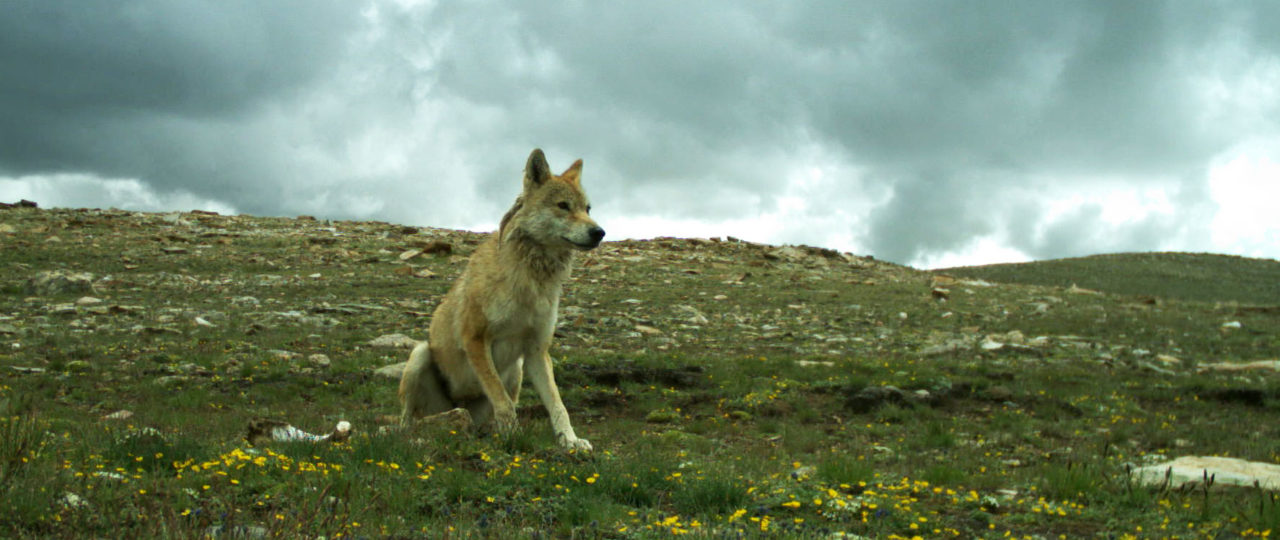Fresh from the press: The unique genetic adaptation of the Himalayan wolf to high-altitudes and consequences for conservation
We are delighted to present our latest study. We solidify the genetic evidences that the Himalayan wolf forms an evolutionarily distinct lineage which merits formal taxonomic classification. And we discovered some astonishing things: our detailed genetic research revealed that the Himalayan wolf shows a specialized adaptation to cope with the harsh conditions at high-altitudes where low oxygen levels challenge all life. We also present a conservation genetics toolkit for identifying and monitoring Himalayan wolf populations. This toolkit can be used in future researches and monitoring programs for the Himalayan wolf.
Its distribution and population size are still only vaguely understood. It seems that the Himalayan wolf is found only in the high-altitude habitats of the Himalayas and the Tibetan Plateau. So possibly the key to the mystery around this wolf lies in its unique genetic adaptation to life in the extreme high-altitudes?! This could be an important driver for the evolutionary formation of the Himalayan wolf and its ongoing persistence besides the Holarctic grey wolf.
There are still many mysteries to be solved around this top predator of the vast Asian high altitude wildernesses. But one thing we know for sure now is the time to take action for the conservation of the Himalayan wolf and its pristine habitats on national and international levels.
WildCRU News: An Asian wolf living on thin air
Acknowledgements A warm special thanks to all field team members including Pema Rikjin Lama, Tashi Namgyal Lama, Pemba Dorje Tamang, Kunjok Rangdol Tamang, Pasang Dorje Tamang, Tashi Dondup Lama, Bir Bahadur Sunar and Tshiring L. Lama. And we thank the Department of National Parks and Wildlife Conservation, the Ministry of Forests and Environment, Department of Forests, Kathmandu, the District Forest Office, Humla, Shey-Phoksundo National Park office, Dolpa and Kanchenjunga Conservation Area Management Council for permitting and supporting this research project.
